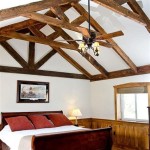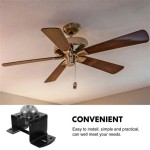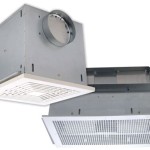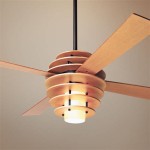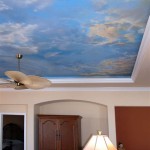Molding for Ceilings: A Comprehensive Guide
Ceiling molding, also known as crown molding, cornice molding, or picture rail molding, is a decorative trim that adds elegance and sophistication to any room. It can be used to frame the ceiling, mask imperfections, and enhance the overall architectural style of a space. Choosing the right molding for your ceiling is a crucial decision that impacts the visual appeal and the character of your home. This guide provides a comprehensive overview of the types of molding available, the installation process, and the factors to consider when making your selection.
Types of Ceiling Molding
The available molding types vary widely in terms of style, material, and complexity. Here are some common categories:
1. Traditional Molding
Traditional moldings are characterized by intricate designs and classic profiles. They often feature intricate curves, scrolls, and ornate details, adding a touch of grandeur to the room. Popular examples include:
*Cove molding:
A simple yet elegant concave shape, often used to create a smooth transition between the wall and ceiling. *Ogee molding:
This molding features a double curve, with a concave section followed by a convex section. *Dentil molding:
A decorative trim that features a series of small blocks or teeth, typically evenly spaced. *Bead molding:
Simple and versatile, bead molding consists of a series of rounded beads or bumps.2. Modern Molding
Modern molding emphasizes clean lines, minimalist aesthetics, and geometric shapes. It often features simple profiles, sharp edges, and a lack of ornamentation. Popular examples include:
*Flat molding:
This molding provides a simple, clean, and contemporary look. *Square molding:
A more geometric and modern option, square molding features sharp angles and a defined profile. *Reeded molding:
This molding consists of a series of vertical ridges, creating a subtle texture.3. Custom Molding
For those seeking truly unique designs, custom molding allows for endless possibilities. This type of molding is crafted to specific specifications, offering an opportunity to realize specific visions or integrate unique architectural elements. Custom molding can be made from a wide range of materials, including wood, plaster, polyurethane, and even metal.
Installing Ceiling Molding
Installing ceiling molding is a DIY project that can be tackled by homeowners with basic woodworking skills and tools. The process generally involves the following steps:
1. Measure and Cut
Measure the perimeter of the ceiling where the molding will be installed and cut the molding pieces to the required lengths. Allow for mitered corners and any necessary adjustments to ensure a seamless fit.
2. Attach the Molding
Attach the molding to the wall and ceiling using finishing nails or construction adhesive. Ensure the molding is level and flush against the surfaces.
3. Fill Gaps and Sand
Fill any gaps or imperfections with wood filler or spackling compound, allowing it to dry completely. Sand the filled areas to create a smooth surface.
4. Prime and Paint
Prime the molding with a primer appropriate for the material and paint it with the desired color. Allow each coat to dry completely before applying the next.
Factors to Consider When Choosing Ceiling Molding
The selection of ceiling molding should align with the overall style and design of the room. Here are some key factors to consider:
1. Room Style
The chosen molding style should complement the existing décor and architectural features. Traditional molding works well with classic and Victorian styles, while modern molding is ideal for contemporary and minimalist spaces.
2. Ceiling Height
Ceiling height plays a role in determining the appropriate molding size and profile. For low ceilings, smaller and simpler molding profiles are recommended to avoid overwhelming the space. Higher ceilings allow for more intricate and prominent molding designs.
3. Material
Molding materials affect durability, appearance, and cost. Wood is a classic and versatile option, offering natural beauty and a long lifespan. Polyurethane is a lightweight and moisture-resistant alternative, making it ideal for humid environments. MDF (medium-density fiberboard) is an affordable option but requires careful priming and painting.
4. Budget
Ceiling molding costs vary widely depending on material, size, and complexity. Simple and basic molding options are generally more affordable, while intricate and custom designs can be significantly more expensive.

A Comprehensive Guide To Home Interior Trim And Moulding

A Comprehensive Guide To Home Interior Trim And Moulding

Diy Guide To Decorative Mouldings

Enhance Your Ceiling With Beautiful Medallions A Complete Guide Crown Molding

The Ultimate Guide To Choosing Modern Style Moulding Crown Casing Base Kuiken Brothers

Mastering Complex Crown Molding Fine Homebuilding

A Comprehensive Guide To Home Interior Trim And Moulding

Inside Crown Corners Fine Homebuilding

Ultimate Guide To The Types Of Mouldings Van Dyke S Rers

Pvc Trim Moulding Installation Guide A Comprehensive Step By Tutorial Boardway Plastic Sheet Foam Board Manufacturer
Related Posts



